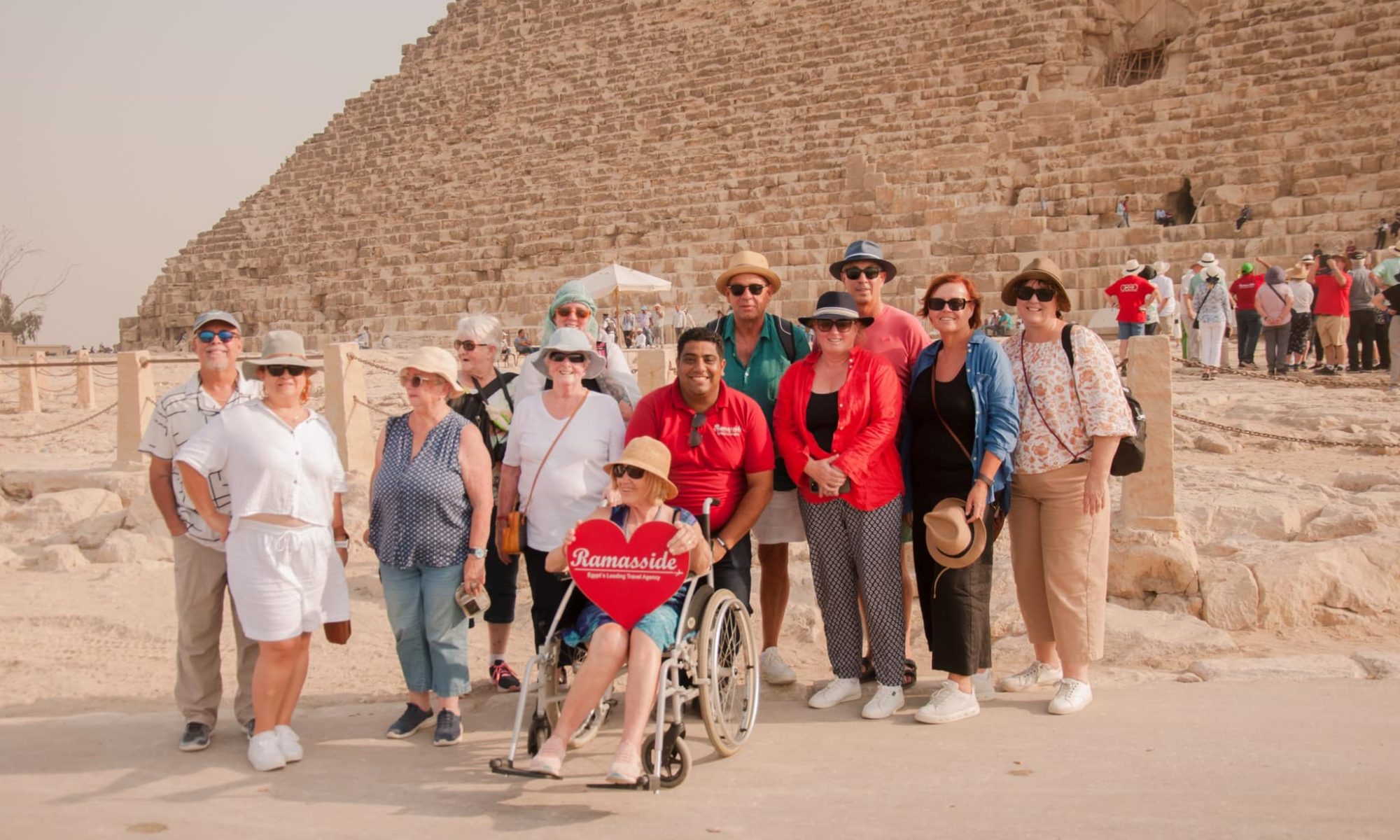
In the heart of the ancient city of Luxor, Egypt, lies a valley that has held the secrets of pharaohs and their afterlife for over 3,000 years. The Valley of the Kings is a place of unparalleled historical significance, an archaeological treasure trove where the tombs of Egypt’s most powerful rulers were hidden beneath the scorching desert sands. In this blog post, we’ll embark on an expedition to unveil the mystique and magnificence of the Valley of the Kings.
1. A Royal Necropolis of the Pharaohs
The Valley of the Kings, known as the “Great Place,” served as the burial ground for many pharaohs of the New Kingdom, Egypt’s golden age, from the 16th to the 11th century BC. It was chosen for its seclusion and strategic location on the west bank of the Nile, where the sun sets, symbolizing the realm of the dead.
2. Lavish Tombs Hidden in the Desert
Hidden beneath the arid landscape, the valley conceals more than 60 elaborately decorated tombs. Each tomb is a masterpiece of art and architecture, adorned with intricate wall paintings and hieroglyphics that narrate the pharaoh’s journey to the afterlife.
3. Tutankhamun’s Spectacular Discovery
The most famous of the tombs in the Valley of the Kings is that of Tutankhamun. In 1922, British archaeologist Howard Carter made the historic discovery of the virtually intact tomb of the young pharaoh, revealing a wealth of treasures, including the iconic golden death mask that has become synonymous with ancient Egypt.
4. Hidden Treasures and Eternal Beliefs
The tomb’s treasures are not just beautiful ornaments but represent the belief in the afterlife. They were intended to assist the deceased pharaoh in their journey through the underworld, providing them with the means to continue their reign in the afterlife.
5. Magnificent Paintings and Hieroglyphs
The wall paintings and hieroglyphs found in the Valley of the Kings are a glimpse into the intricate religious beliefs of ancient Egypt. They depict scenes of the deceased pharaoh’s life and their divine journey, as well as the various gods and goddesses that played roles in the afterlife.
6. Conservation and Preservation
Preserving the Valley of the Kings is a continuous endeavor. Ongoing efforts ensure the tombs remain accessible to the public while minimizing the impact of tourism on these fragile ancient treasures.
7. A UNESCO World Heritage Site
The Valley of the Kings was designated as a UNESCO World Heritage Site in 1979, recognizing its global significance as an archaeological and cultural marvel. It remains a site of immense importance for scholars and history enthusiasts from around the world.

